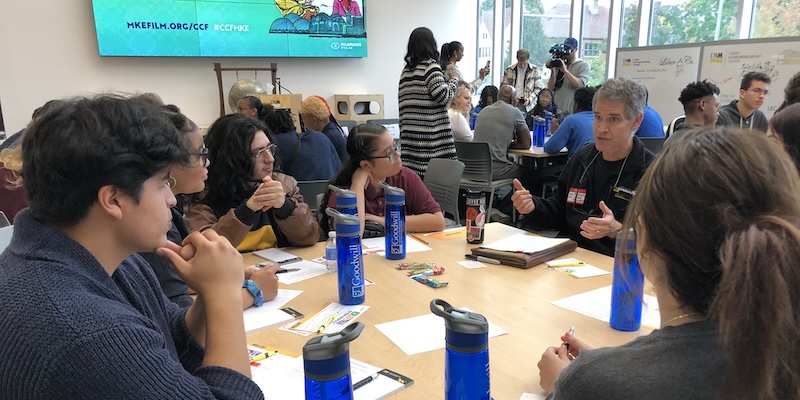UWM’s multicultural centers were founded decades ago to support students from groups historically excluded from higher education succeed. Staff offer curricular support and co-curricular activities that enhance academic experiences. Recently, we engaged several individuals to serve as Faculty Research Liaisons to strengthen the centers as campus resources. They collaborated with center staff and students on research projects aimed at better understanding student experiences at UWM. Here are their stories about why they became involved.
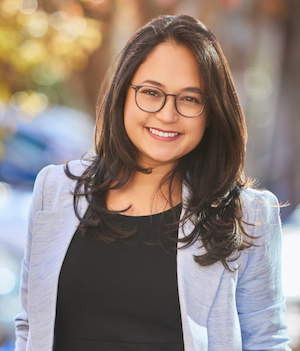
Gaby Nagy, Assistant Professor, Department of Psychology
What motivated you to be engaged with the Roberto Hernandez Center (RHC)?
I went to graduate school at UWM. When I was a doctoral student, I was very heavily involved with the RHC developing programming to support undergraduate students who wanted to also pursue graduate education as well as events for the community. When I graduated with my PhD, one of the highlights was the RHC graduation ceremony where I was able to celebrate with the other Latino students with whom I had connected while in graduate school. It was very powerful and heartening. The RHC allowed me to find a community of folks from similar backgrounds to me. When I rejoined UWM as faculty, I jumped at the chance to once again be connected with the RHC and support the work of the Center.
What are the benefits of having faculty engaged in the cultural centers?
I am incredibly excited and proud of the partnership that my research lab has developed with the staff of the RHC. We are currently conducting a mixed methods project that is examining all the ways that the RHC is supporting Latino students on campus. Our partnership is special because it is multidisciplinary – we each bring unique perspectives, backgrounds, training, and skill sets that allow us to arrive at findings that we otherwise might not be able to do without each of the members on this project. It is truly a mutually beneficial partnership, and I cannot wait to continue this collaboration for years to come!
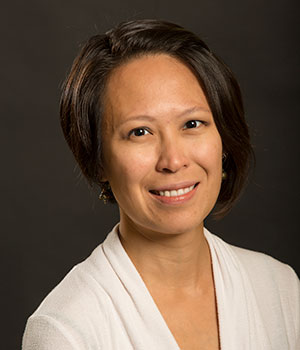
Jackie Nguyen, Associate Professor, Department of Educational Psychology
What motivated you to be engaged with the Southeast Asian American Student Center (SEAASC)?
When I came to UWM in 2012, staff of the Southeast Asian American Student Center were among the first to reach out and welcome me to campus and Milwaukee. They immediately made me feel at home and we began a quick partnership to support each other in our respective roles to support and engage with SEA students and the broader Asian community on campus.
What are the benefits of having faculty engaged in the cultural centers?
As faculty our interactions with students are often limited to the classroom or other advising-like roles within our programs and departments. Student life at UWM transcends the classroom, however, and it has been a joy to learn more about the various activities, aspects of student life, and avenues for student success through the center. For example, I was able to join the SEAASC spring graduation ceremony last year where students and their families joyfully celebrated the major milestone together. Being around families like mine, and seeing the emotional celebrations of many of our first-generation students, including the thanks they gave to the advisors and success coaches who helped them along the way was a profound experience and underlined the important role that all members of the campus community play in student success. The center is also an important hub for connecting students with research opportunities and events that are a part of departmental and faculty lives. The staff are always responsive to faculty and do a wonderful job passing along opportunities and connecting students with folks around campus whose work aligns with student interests. The SEAASC provides fantastic opportunities for faculty to engage with students outside the classroom, learn more about student life beyond their time in our degree programs/departments, and in doing so also engage with other faculty and staff.
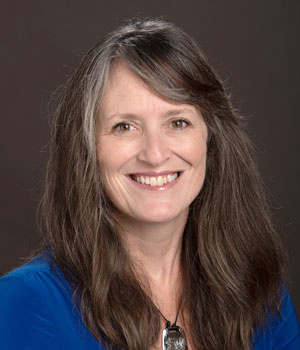
Sharity Bassett, Assistant Professor, Women’s & Gender Studies
What motivated you to be engaged with the American Indian Student Center?
I enjoy working with students from the American Indian Student Center because I feel that through undergraduate research opportunities, students strengthen their sense of self and understand some of the most important questions they ask as researchable. When I first started at UWM in Fall 2022, I quickly learned that UWM is a place that values undergraduate research. I thoroughly enjoy working with Indigenous students on my research projects. Traveling with an Ojibwe and Guatemalan student to the Oglala Lakota Nation in Pine Ridge in January 2023, allowed me to share multiple research spaces such as a tribal office, state archive, and county records office. Students were able to learn directly from Lakota Elders and community members. I was able to learn through the perspectives of the students based on the questions they asked. As the director of the Indigenous Kinship & Responsibility Scholarship, I enjoy connecting Indigenous students to faculty across campus on their research. For example, Dr. Ashley Lemke, Associate Professor of Anthropology, will engage students from the AISC in her research in underwater archeology.
What are the benefits of having faculty engaged in the cultural centers?
Faculty engaged with the cultural centers can help ground inclusive excellence in interdisciplinary academic disciplines embedded in cultural theory.
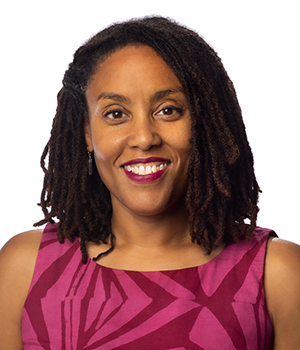
Liz Drame, Professor, Department of Teaching and Learning
What motivated you to be engaged with the Black Student Cultural Center (BSCC)?
I have worked at UWM for close to 19 years and only recently became aware of the Black Student Cultural Center, its programs and impact. I remember how involved I was in my own ‘Black House’ at Northwestern University and how integral that space was to creating a sense of belonging, support and welcome. I also remember that the only time I connected with Black faculty was through the Black House, because all my classes were taught by White or Asian faculty. My engagement with Black faculty helped me to see that pursuing a doctorate and becoming a faculty person myself was a real possibility.
What are the benefits of having faculty engaged in the cultural centers?
There are so many benefits for both faculty and students when faculty are actively engaged in the cultural centers. One benefit is connecting students with research and closer ties to faculty. For example, I have engaged in a robust research study involving 2 Black students who have never participated in faculty-led research projects before. Their participation led to the opportunity to present at a national conference and a research roundtable in Madison. In addition, faculty and students can develop connections through non-academic activities which can lead to many more opportunities for students. One example, is the monthly wellness series, called Sip & Stitch, where BIPOC faculty and staff engage in craft activities with students at each cultural center while talking about and sharing their experiences
